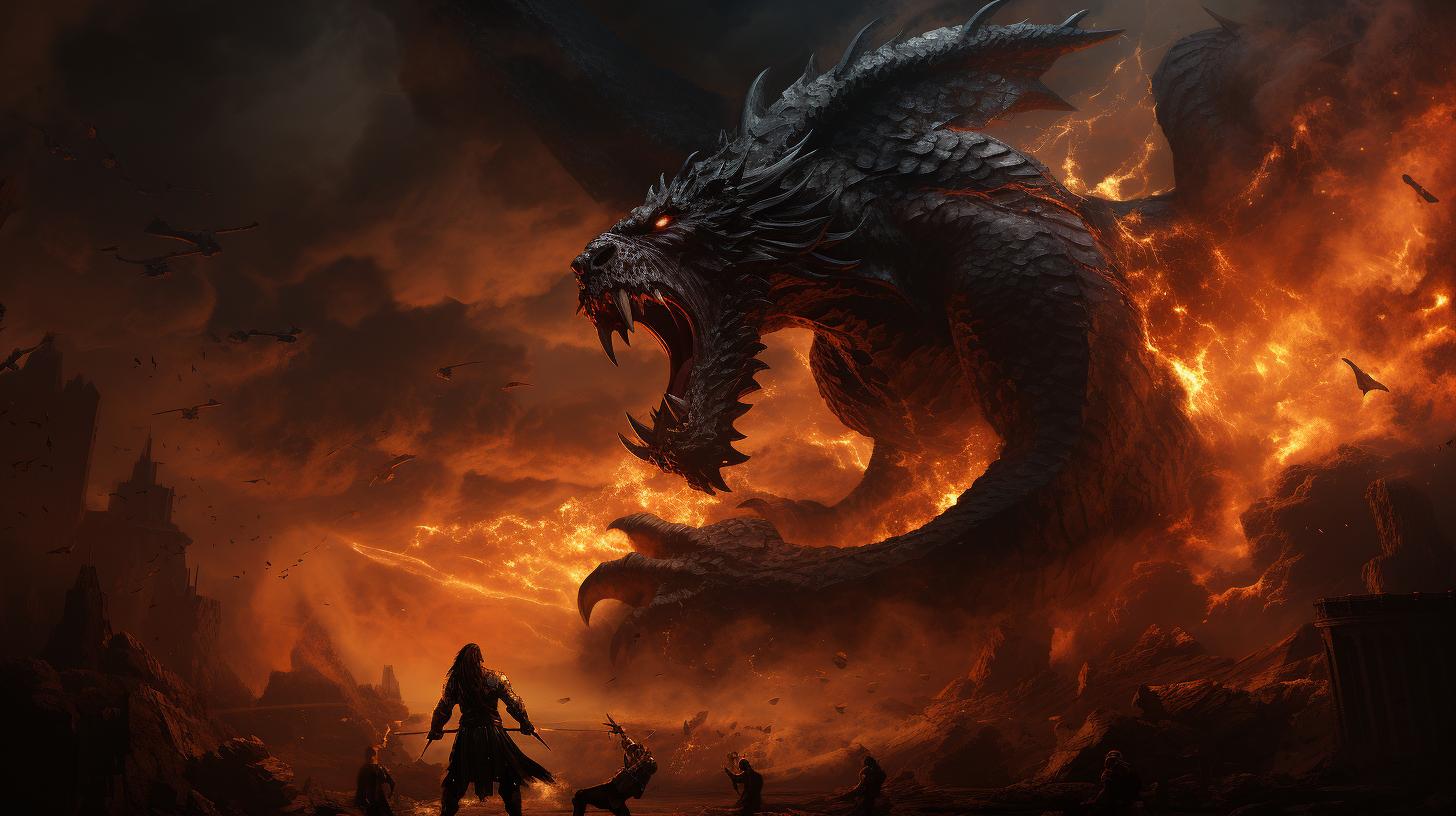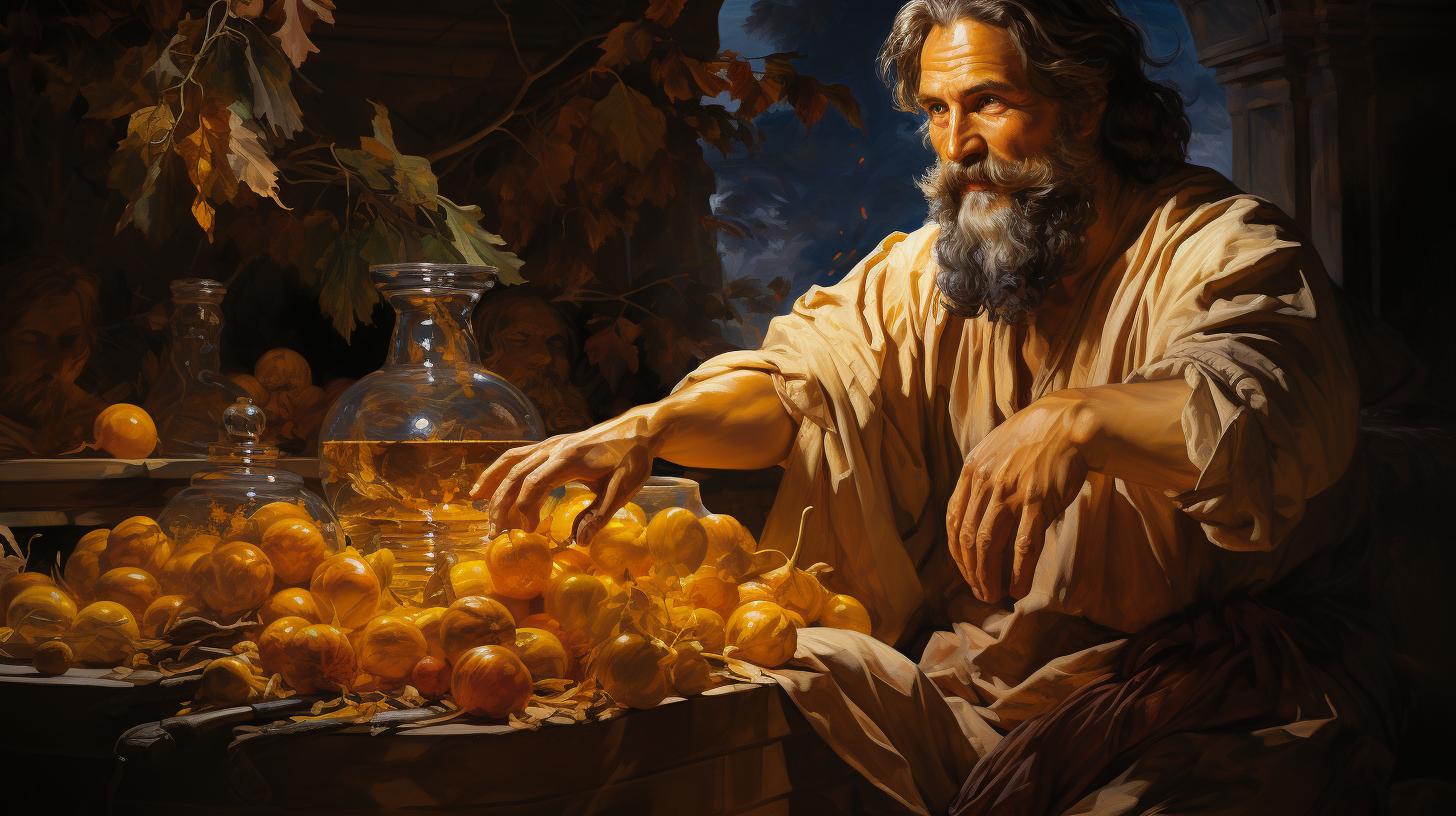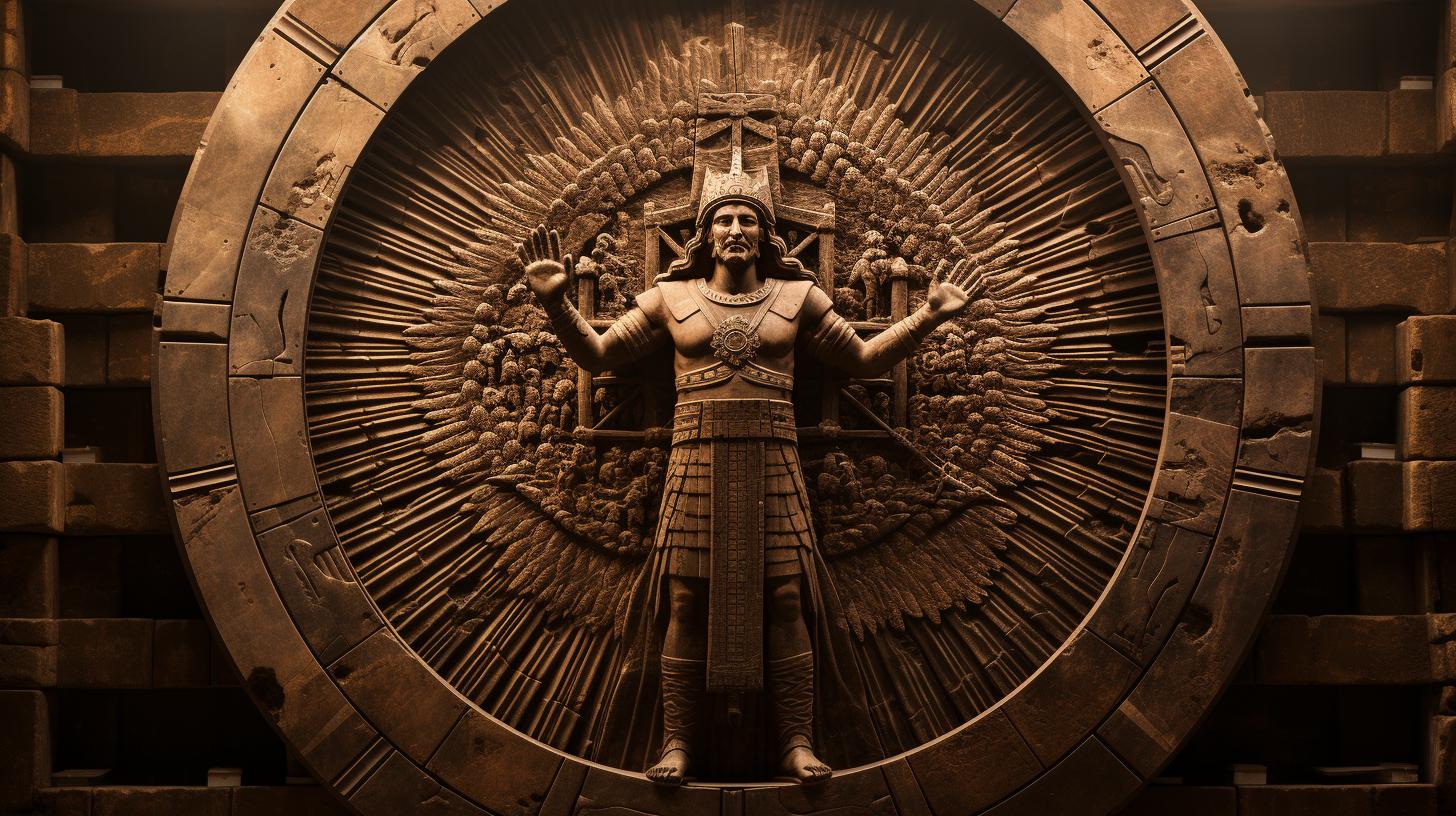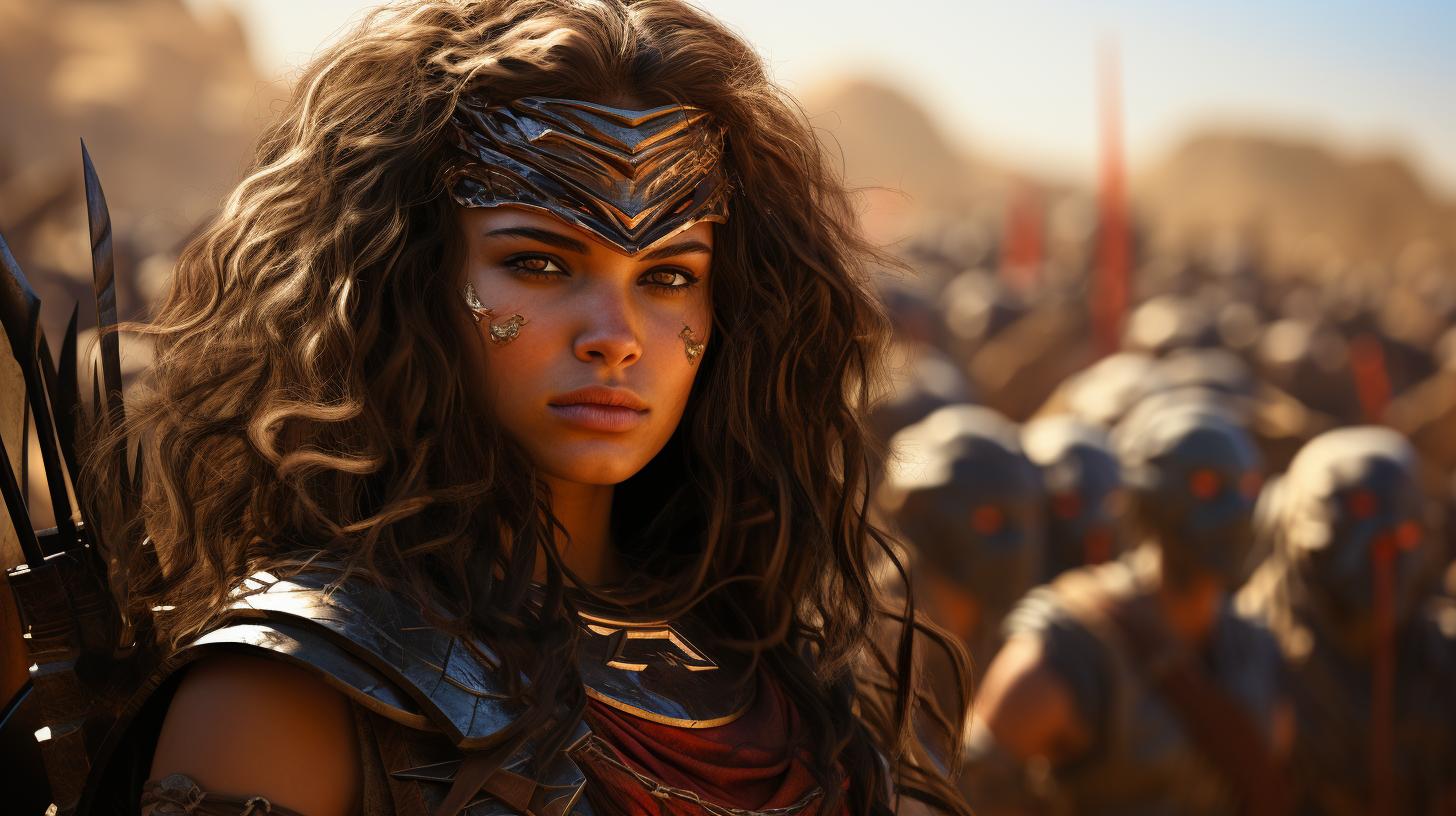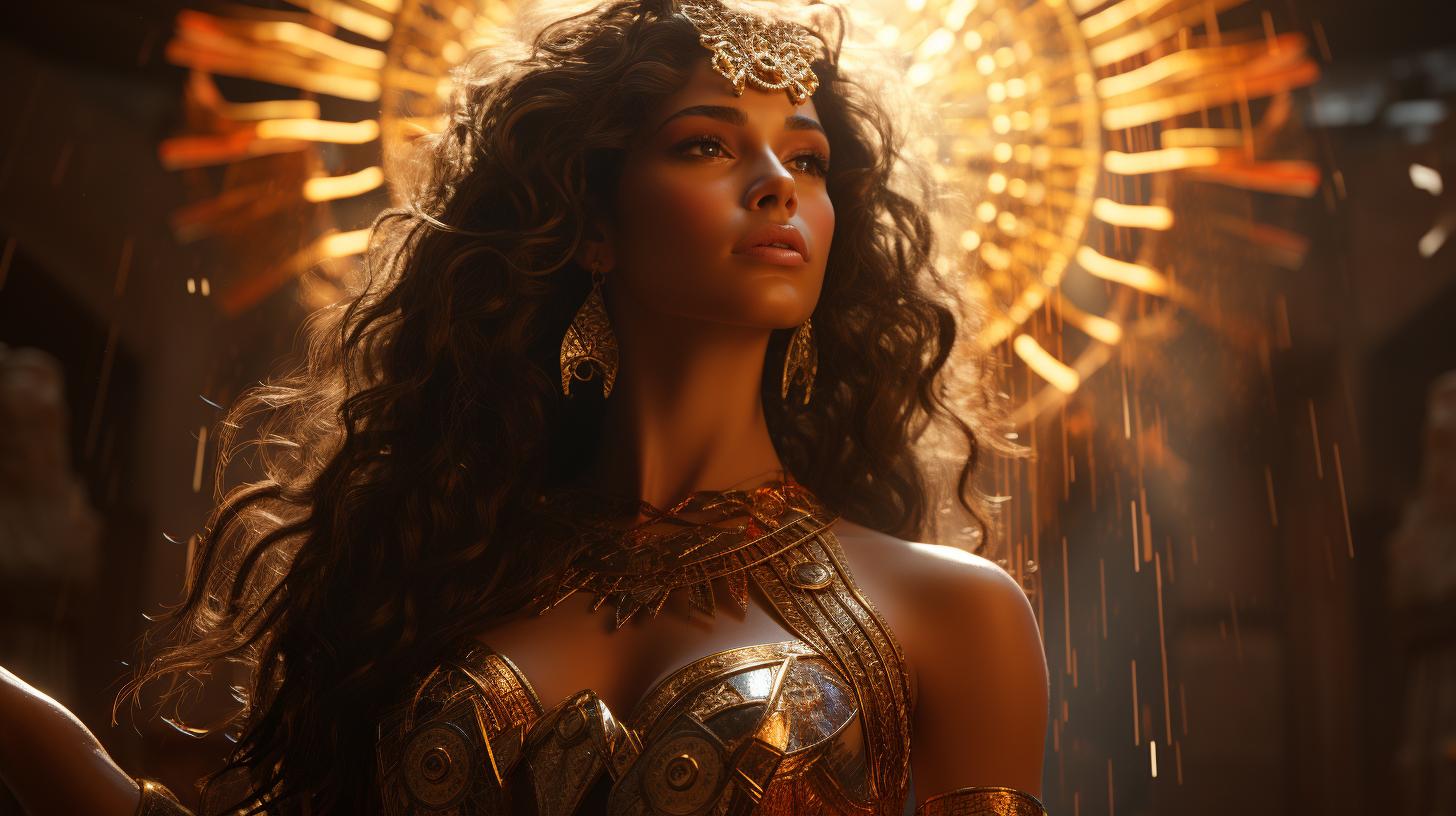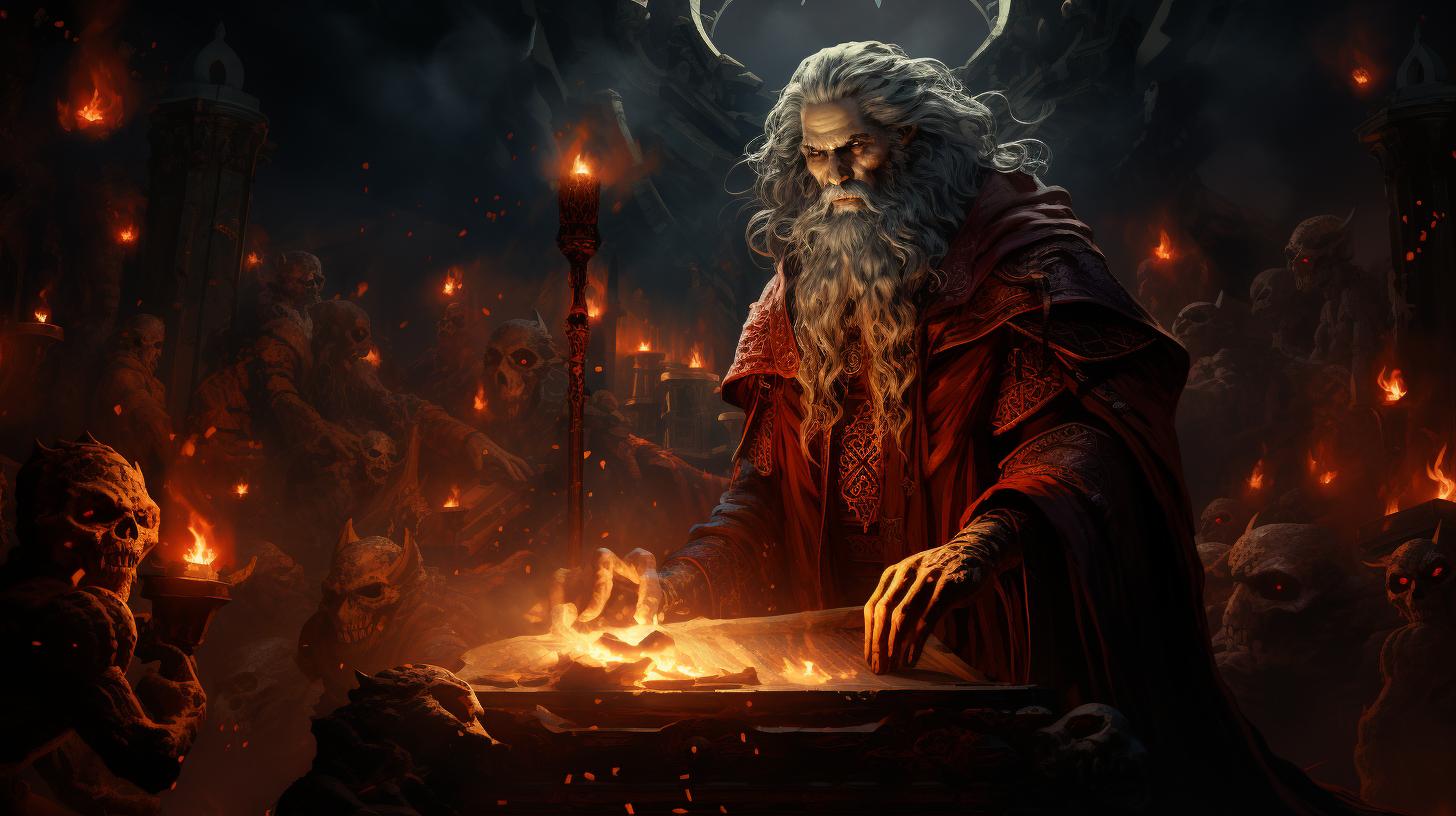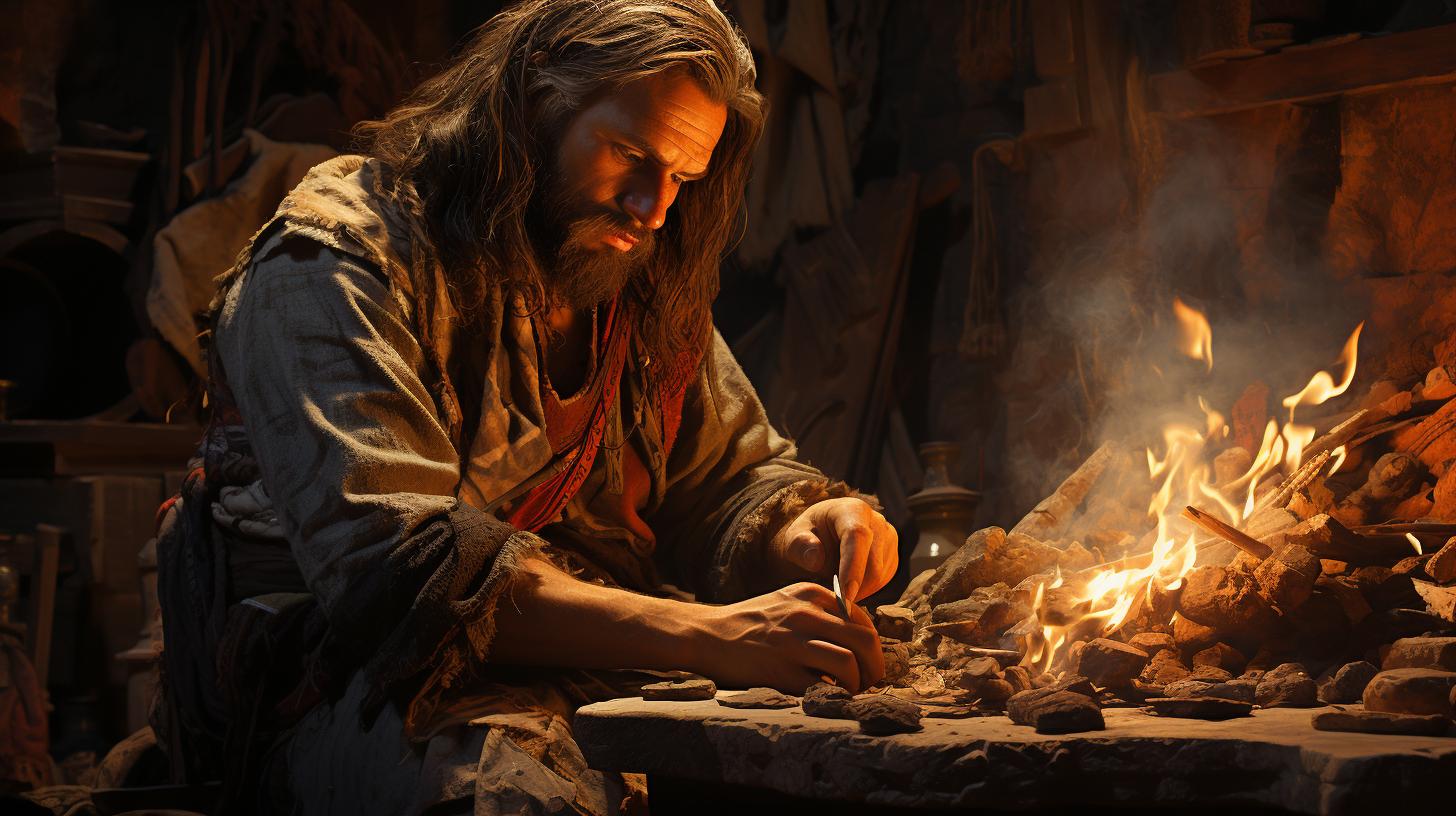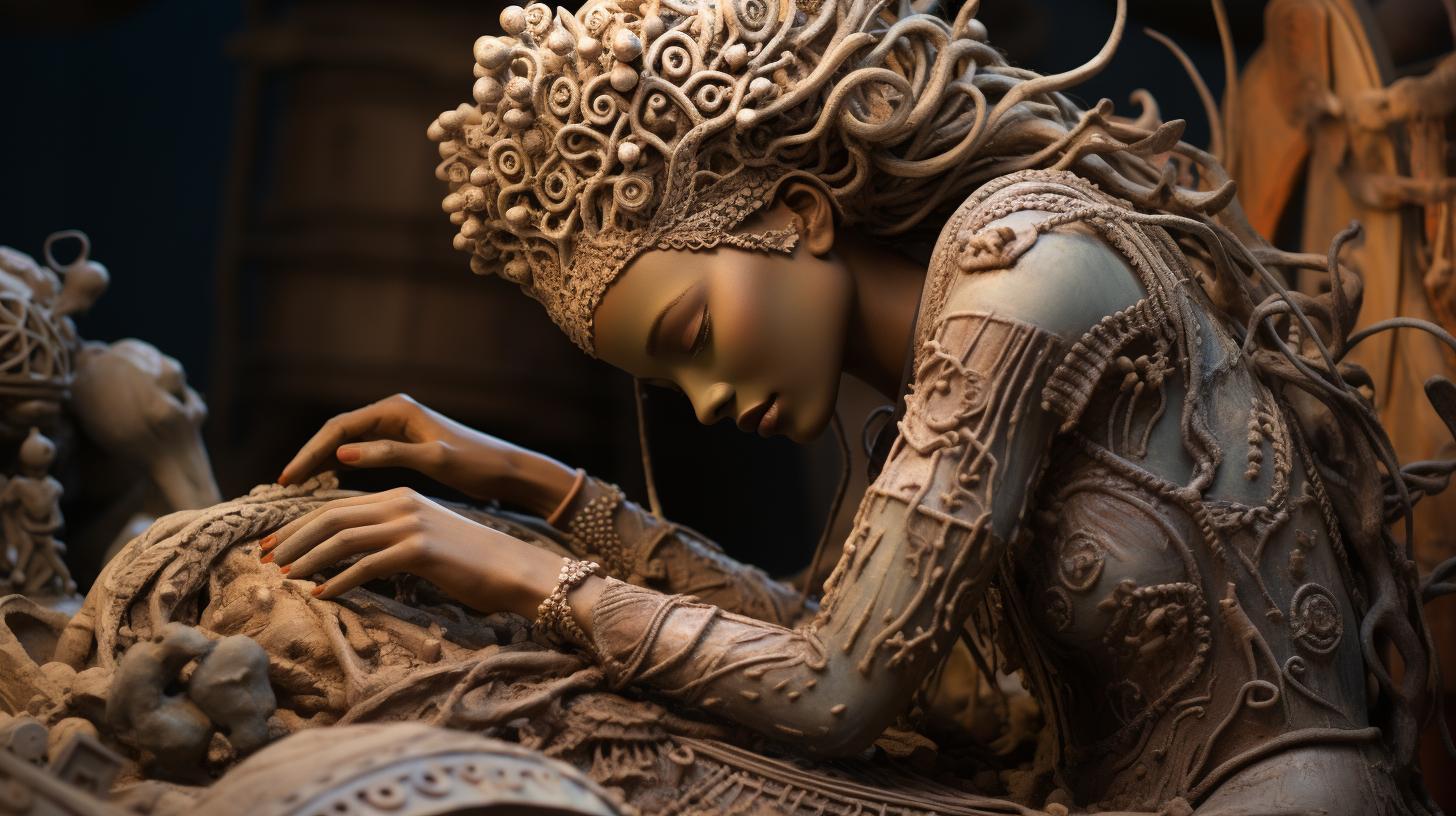Marduk and Tiamat: Ancient Mesopotamian Mythology Unveiled
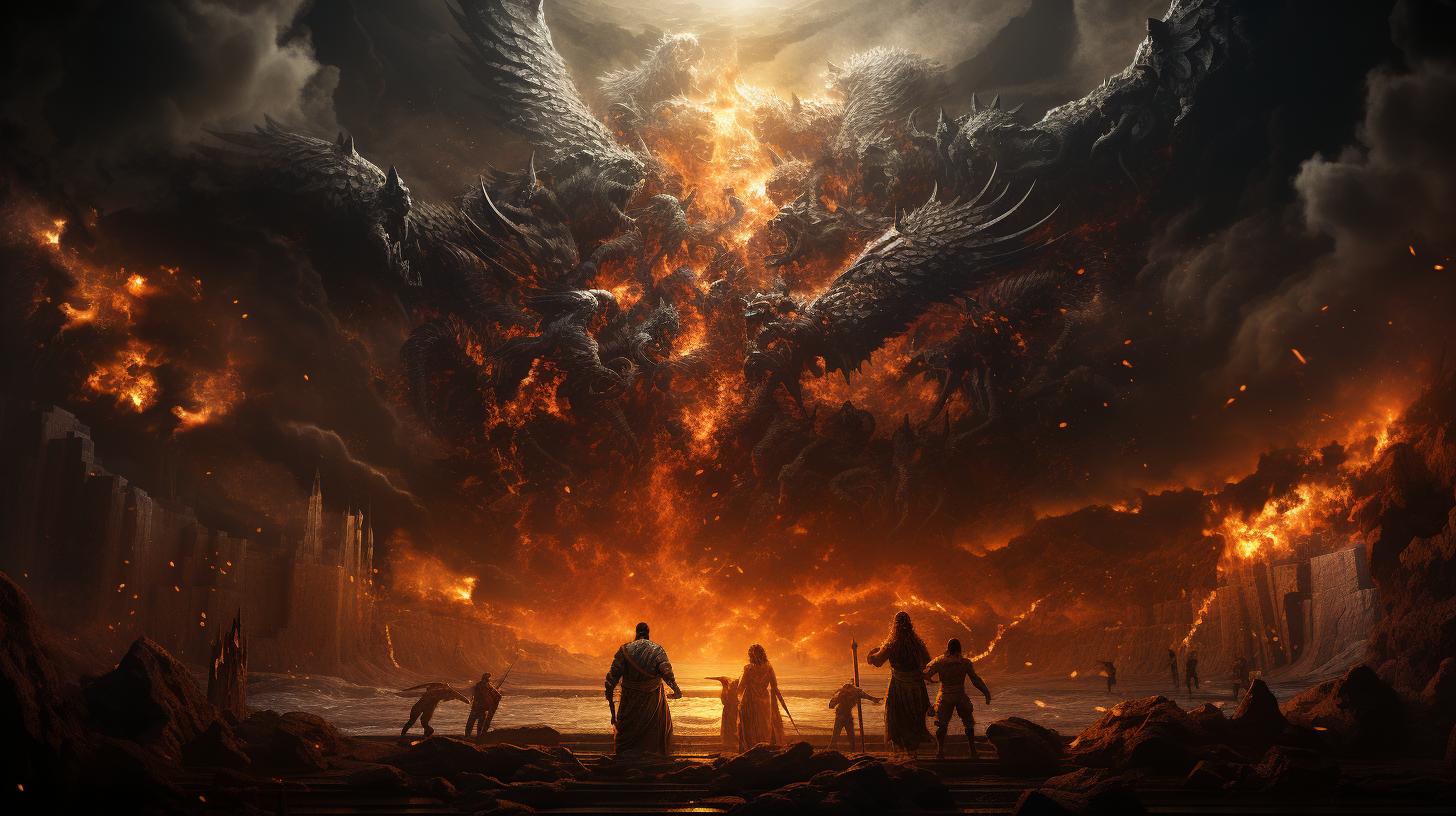
The mythology of Marduk and Tiamat explores the ancient Mesopotamian beliefs surrounding these powerful deities. Originating from Babylonian legends, Marduk emerges as the victorious god after an epic battle against Tiamat, the primordial goddess of chaos.
This article delves into the significance of Marduk’s triumph, his role as the principal deity in Babylonian mythology, and the symbols associated with him. We also explore Tiamat’s role as the mother of gods, her wrath, and her ultimate defeat by Marduk. The creation of humanity and the legacy of Marduk and Tiamat in Mesopotamian culture are also examined.
The Mythology of Marduk and Tiamat
Explore the fascinating mythology surrounding Marduk and Tiamat in ancient Mesopotamian culture. This section delves into their origins, the epic battle that ensued between them, and the significance of Marduk’s victory.
Origins of Marduk and Tiamat
Marduk and Tiamat emerged as prominent deities in the early Mesopotamian pantheon. Marduk, originating from Babylonian mythology, gained prominence as the principal god, while Tiamat represented the primordial chaos of creation.
The Epic Battle Between Marduk and Tiamat
A fierce battle unfolded between Marduk and Tiamat, symbolizing the struggle between order and chaos. Marduk, armed with divine weapons and backed by the younger gods, clashed with Tiamat and her army of monstrous creatures, aiming to restore order and stability.
Significance of Marduk’s Victory
Marduk’s triumph over Tiamat marked a pivotal moment in Mesopotamian mythology. His victory established Marduk as the supreme god and symbolized the triumph of order over chaos.
This monumental event shaped the belief systems of ancient Babylonians and elevated Marduk to the position of the gods’ leader.
Key Points:
- Marduk and Tiamat represent opposing forces in the cosmic order.
- The battle signifies the struggle between order and chaos.
- Marduk’s victory establishes him as the dominant deity.
- His triumph influences the belief systems of ancient Babylonians.
Marduk: The God of Sky and Earth
Marduk, the principal deity in Babylonian mythology, holds a significant role as the god of both the sky and the earth.
As the supreme god, he commands authority over all other deities in the Babylonian pantheon. His immense power and influence are reflected in the grand temples dedicated to his worship throughout ancient Babylon.
Marduk’s Role as the Principal Deity in Babylonian Mythology
Marduk’s prominent position in the Babylonian mythos stems from his Victory over Tiamat, solidifying his status as the all-powerful god. His victory represents the triumph of order over chaos, establishing him as the ultimate authority in the divine hierarchy.
As the principal deity, Marduk oversees the functions of the universe, ensuring the harmony and balance between the sky and the earth.
Symbols and Representations of Marduk
Marduk’s symbolism reflects his connection to fertility, vegetation, and cosmic forces. He is often depicted wielding a triangular spade or a hoe, symbolizing his ability to nurture life and promote agricultural prosperity.
In his appearance, he is adorned with a star-adorned robe, holding a scepter, a bow, a lance, a net, or a lightning bolt, showcasing his dominion over various aspects of nature and celestial forces.
Marduk’s Temples and Worship in Ancient Babylon
The grand temples dedicated to Marduk, such as the Esagila and the Etemenanki, serve as significant centers of worship in ancient Babylon. These impressive structures stand as testaments to the devotion and reverence the Babylonians held for Marduk. The rituals and ceremonies conducted in these temples were aimed at appeasing the god and seeking his favor, reinforcing the bond between Marduk and his worshippers.
As Marduk’s star, Jupiter, illuminates the night sky, his worshippers sought his blessings for a prosperous harvest, protection, and guidance in their daily lives. Marduk’s temples offered sanctuary and religious instruction to the inhabitants of Babylon, providing a spiritual anchor in their quest for meaning and divine connection.
Tiamat: The Primordial Goddess of Chaos
Tiamat, a central figure in Mesopotamian mythology, embodies the concept of chaos and the primeval creation. As the mother of gods, she holds a significant role in the origin of divinity itself.
Tiamat’s Role as the Mother of Gods
Tiamat’s union with Abzû, the god of subterranean waters, results in the birth of the younger generation of gods, who play pivotal roles in the Mesopotamian pantheon. Through her maternal essence, Tiamat sets the foundation for divine lineage and establishes the hierarchy of power and authority among the gods.
Descriptions and Depictions of Tiamat
Tiamat is commonly described as a radiant and awe-inspiring female deity, often depicted as a fearsome serpent or dragon. Her image portrays the majestic and untamed forces of the primordial chaos that she embodies.
The serpent-like form represents her connection to the depths of the sea and symbolizes the raw power from which creation emerges.
Tiamat’s Wrath and Defeat by Marduk
After the slaying of her consort Abzû, Tiamat’s fury knows no bounds, and she unleashes an army of monstrous creatures upon the gods. Determined to avenge Abzû’s death, Tiamat engages in a cataclysmic battle against the forces of divinity.
In a decisive confrontation, Marduk, the storm god and son of Enki, rises as the champion of the gods and successfully defeats Tiamat, symbolizing the triumph of order over chaos.
This epic clash between Marduk and Tiamat signifies the eternal strife between the forces of creation and destruction, and the ultimate victory of divine order in the cosmos.
The Creation of Humanity and the Aftermath
The story of Marduk and Tiamat doesn’t end with their epic battle.
It continues with the creation of humanity and the far-reaching consequences of their actions. This section explores the aftermath of the titanic clash between the two deities, revealing fascinating details about Tiamat’s consort, the army of monsters, Kingu’s defeat, and the subsequent creation of humans.
It also delves into the enduring legacy and profound influence of Marduk and Tiamat in Mesopotamian culture.
Tiamat’s Consort and the Army of Monsters
Tiamat, in her rage and grief over the death of Abzû, unleashed her fury by giving birth to a multitude of monstrous creatures. Among them was her consort, Kingu, who was chosen to lead this formidable army against the gods.
These monstrous beings, born from the depths of Tiamat’s wrath, posed a significant threat to the divine order established by the younger gods.
Kingu’s Defeat and the Creation of Humans
However, when faced with the might of Marduk, Kingu’s resolve wavered, and he fled from the battlefield, leaving the army of monsters vulnerable.
Marduk, seizing the opportunity, intervened and defeated Kingu, capturing him as a prisoner. In a monumental act, the god Enki then used Kingu’s blood to create humanity, binding them to the divine and marking their existence as a testament to the gods’ power and triumph over chaos.
Legacy and Influence of Marduk and Tiamat in Mesopotamian Culture
The influence of Marduk and Tiamat extended far beyond their mythological roles. Marduk, as the victorious deity and ruler of the gods, held a central place in Babylonian mythology and religious practices.
His temples, such as the grand Esagila and the iconic Etemenanki, stood as symbols of his worshipped status and served as centers of religious life in ancient Babylon. Tiamat, as the primordial goddess of chaos, represented the formidable power that could be unleashed if order was not maintained.
The stories and symbolism associated with Marduk and Tiamat became ingrained in Mesopotamian culture, shaping beliefs, rituals, and societal structures. Their legacy remains evident in the art, literature, and religious practices of the time, leaving an indelible mark on ancient Mesopotamia and all future civilizations influenced by this rich mythology.
.

